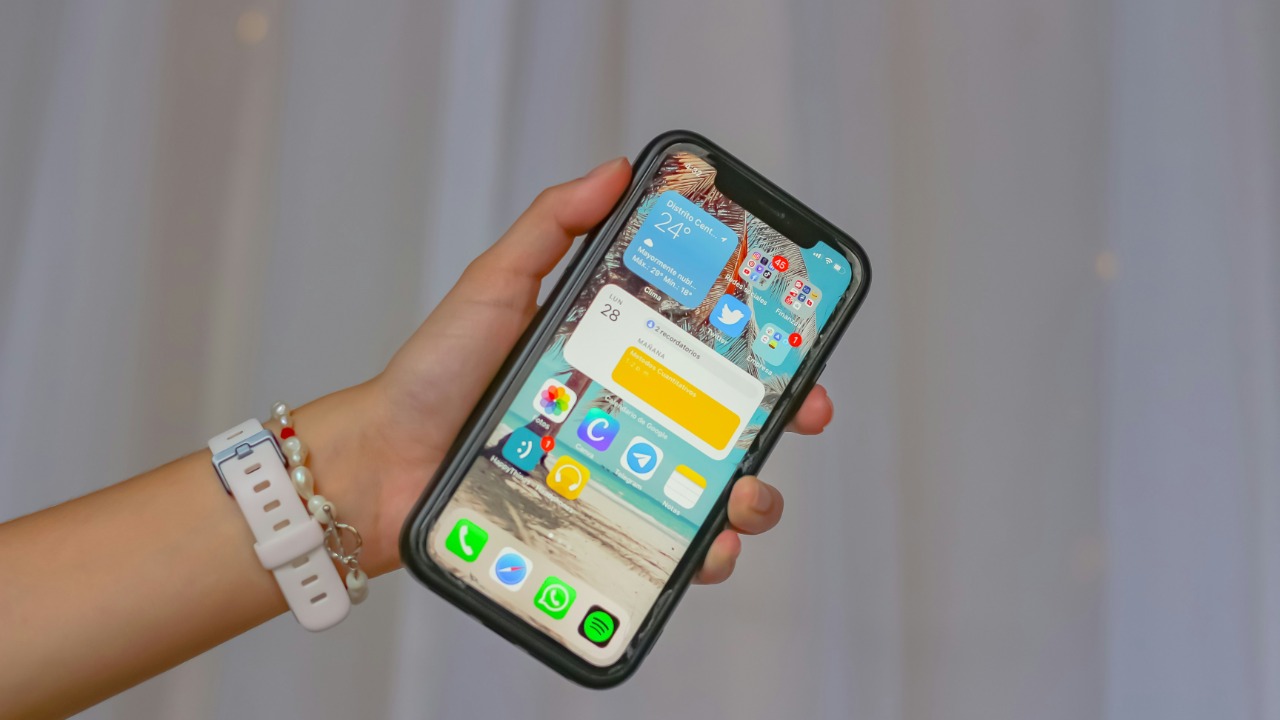
Despite the advanced Ceramic Shield technology used in iPhone screens from the iPhone 12 onward, these devices are not immune to scratches. While Apple’s partnership with Corning has resulted in screens that are four times more resistant to drops, they can still develop visible scratches from everyday items like keys and coins. Unfortunately, cosmetic damage like scratches is not covered under Apple’s standard warranty or AppleCare+, leaving users to bear the cost of screen replacement.
Understanding iPhone Screen Composition
Apple’s iPhone screens are primarily made of ion-strengthened aluminosilicate glass, also known as Gorilla Glass, which is resistant to scratches from materials softer than quartz. However, starting with the iPhone 12, Apple introduced Ceramic Shield, a nano-ceramic crystal layer infused into the glass. This new technology significantly improves drop performance, but it doesn’t necessarily enhance scratch resistance. Independent tests by SquareTrade confirmed that iPhone screens are vulnerable to scratches from everyday metal items like keys.
Types of Scratches on iPhone Screens
Scratches on iPhone screens can be categorized into micro-scratches, deep gouges, and edge-specific scratches. Micro-scratches are often less than 0.1mm deep and can result from soft abrasives like sand or fabric. Deep gouges, on the other hand, are visible under light and occur from harder materials like knife edges. Edge-specific scratches, which are more common on models like the iPhone 12, stem from case interference and are harder to polish due to the degradation of the glass’s oleophobic layer.
DIY Methods for Minor Scratch Removal
There are several DIY methods for removing minor scratches from iPhone screens. For instance, a paste of non-gel toothpaste mixed with water can buff micro-scratches on pre-iPhone 12 models. Baking soda slurry can temporarily fill shallow scratches on Ceramic Shield screens, but it may remove the oleophobic coating, leading to faster future fingerprint smudges. Vegetable oil or clear nail polish can also be used as a filler for hairline scratches, but this method is not recommended due to the risk of residue buildup.
Limitations of DIY Approaches
DIY methods for scratch removal have their limitations. For instance, toothpaste fails on scratches deeper than 0.05mm. Acidic cleaners like vinegar can erode the oleophobic coating on iPhone screens, increasing smudge accumulation. Moreover, DIY attempts can void the warranty if they damage surrounding components. Therefore, it’s important to consider these risks before attempting a DIY scratch removal.
Professional Repair Options
If DIY methods fail, professional repair options are available. Apple’s official screen replacement service uses genuine parts that restore full touch sensitivity and Ceramic Shield integrity. Third-party services like uBreakiFix offer repairs at a lower cost, but they may use aftermarket glass that scores lower in drop tests. For out-of-warranty cosmetic fixes, polishing services at jewelers can reduce micro-scratch visibility, but this doesn’t address structural weakness.
Prevention Strategies for Screen Scratches
Preventing screen scratches is always better than trying to repair them. Tempered glass screen protectors can absorb 99% of direct scratches. Using a fitted case with raised bezels can reduce contact scratches. Avoiding loose pocket storage with keys or coins can also help prevent incidental scratches. These strategies can go a long way in keeping your iPhone screen scratch-free.
Common Myths About iPhone Scratch Removal
There are several myths about iPhone scratch removal. One popular myth is that Colgate toothpaste can erase all scratches, but this has been debunked for scratches deeper than 0.1mm. The use of banana peels or potato slices as natural polishers has also been debunked. Another common myth is that screen replacement is always better than repair for minor scratches, but this is not necessarily true as scratches rarely affect functionality unless they compromise the digitizer layer.
More from MorningOverview